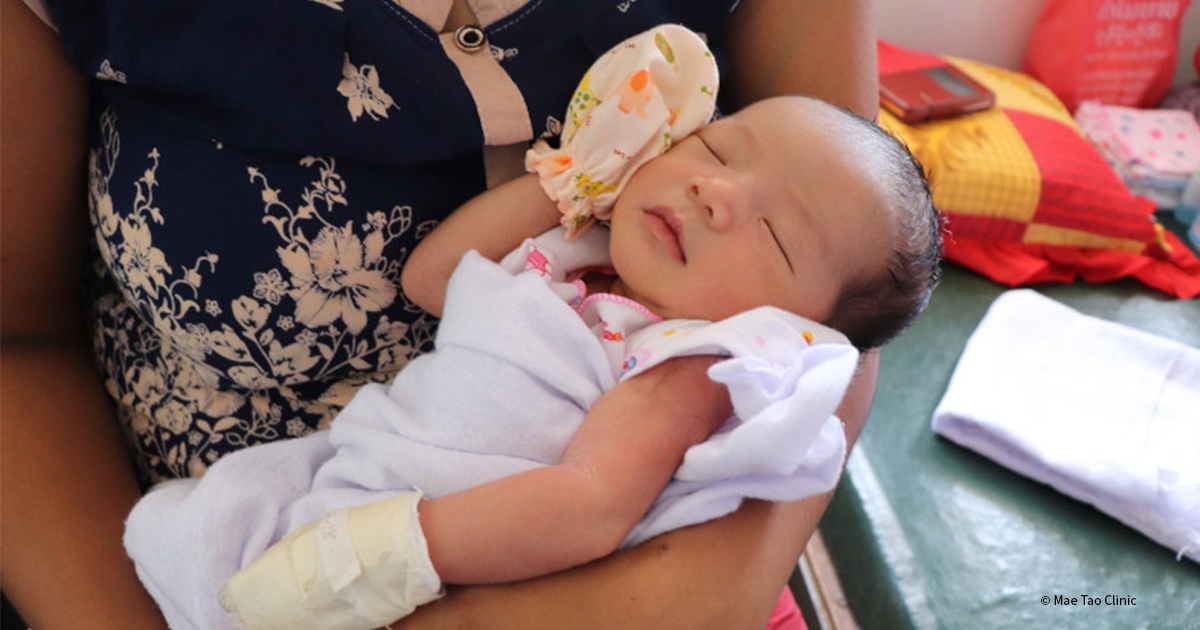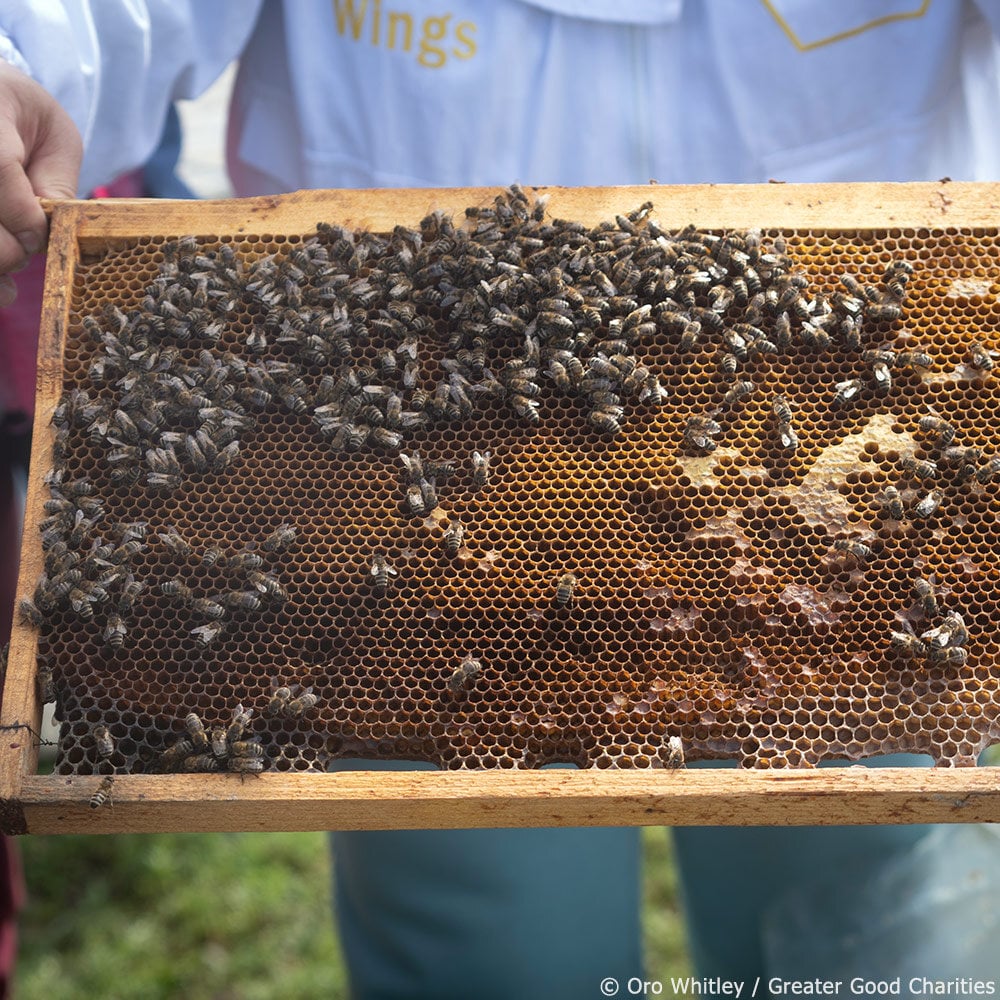Grassroots Conservation: How No Mow May Can Help Pollinators
![AdobeStock_378123749-[Converted]](https://greatergood.org/hs-fs/hubfs/AdobeStock_378123749-%5BConverted%5D.jpg?width=1000&height=523&name=AdobeStock_378123749-%5BConverted%5D.jpg)
Climate change is a major threat to our way of life. With constant news pouring in about risk levels, it can feel hopeless. One critical aspect of the climate crisis is dwindling biodiversity and ecosystems, which impacts all species, including humans. At Greater Good Charities we believe that everyone can contribute to tackling this problem and making a difference. One simple way to help support biodiversity in your own backyard is to participate in low or no-mow May.
What is No Mow May?
No Mow May is an environmental and educational campaign that encourages homeowners to delay mowing their lawns in the springtime. This allows flowers and native plant life to bloom, providing nectar and pollen that help pollinators like bees and butterflies in the early spring when resources may be scarce. Several studies in the UK, Netherlands, and Sweden found that delayed mowing resulted in benefits to plants, invertebrates, and birds.
 Photo © Greater Good Charities
Photo © Greater Good Charities
Is It Only for May?
No Mow May is a catchy name, but the movement goes far beyond not mowing the yard for a month. Rather, the idea is to educate homeowners about how many creatures are dependent on our yards and to change the idea of what a “perfect” lawn should look like.
Depending on your climate, you can participate in this movement by not mowing for April or May, or just reducing your mowing frequency and increasing the height of your mower. By even reducing mowing to every two or three weeks, you allow flowers to bloom and provide food for hungry pollinators.
 Photo © Greater Good Charities
Photo © Greater Good Charities
Why Should We Rethink Our Lawns?
Lawns cover over 40 million acres of land in the United States. While lawns are the single largest irrigated crop we grow, when manicured they have little benefit to wildlife and can even be harmful. Monoculture lawns that are raked, mowed, fertilized, weeded, and chemically treated not only waste time and valuable resources, but the use of pesticides kills off native plant life, pollinators, and helpful insects. By rethinking the way we visualize our lawns, we can create a biodiverse habitat for native species and save time and money in the process.
 Photo © Oro Whitley
Photo © Oro Whitley
How Can I Make My Lawn More Biodiverse?
If you are looking to take your lawn conservation efforts to the next level, consider lawn alternatives. By replacing some or all of your grass with native plant species and flowering plants, such as low-growing Dutch White Clover or Creeping Thyme, you will add diversity to your lawn that benefits pollinators and other insects, birds, and more.
You can also plant a pollinator garden and reduce or eliminate pesticide applications in your yard. By increasing the diversity of plant life and removing harmful chemicals, you can help yourself, your wallet, and local pollinators.

Support Our Environmental Efforts
Greater Good Charities is committed to supporting habitat conservation and biodiversity around the world. We are helping to protect endangered species, and the environment, and provide community education. Learn more about our planet programs and donate to keep this important mission going!


